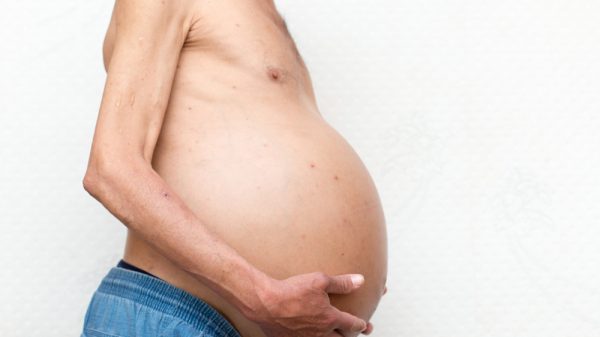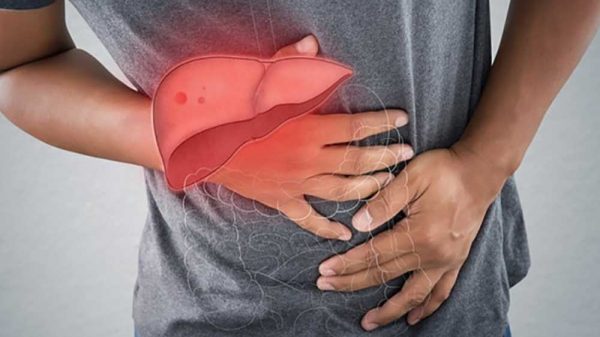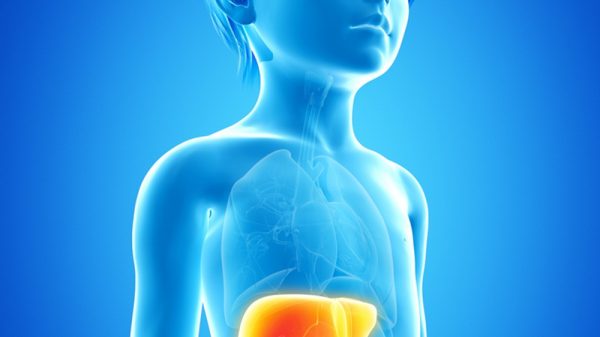News is not something far from us. On a daily basis, there’s new news. And in the medical field research and studies are always ongoing. Because of this, there are always new developments. And it’s important that we stay informed about these things. For today we will be looking at primary biliary cirrhosis news. What’s so new about this condition? Have they found better treatment options? Well, there’s a lot in store for you if you keep reading. Because primary biliary cirrhosis happens to be an interesting condition and it would nice to be informed about it.
One development is that its name changed from primary biliary cirrhosis to primary biliary cholangitis. This is a condition whereby there is damage to the bile ducts. When there is damage to the bile ducts then you would expect that bile would start to pile up in the liver. And with that, there would damage done to the liver. At the end of the day, it would lead to a serious condition known as cirrhosis. Cirrhosis is simply scarring of the liver. And it comes with so many signs and symptoms. We will take a short look at what this condition is all about before we jump right into the latest news about this condition. Don’t miss out on this.
Primary Biliary Cirrhosis
There are different stages of this condition. It is grouped into 4 different stages and we will be looking at that today.
- First Stage: The inflammation and damage done are to the medium-sized ducts.
- Second Stage: The small ducts are blocks.
- Third Stage: At this stage, there is already scarring.
- Fourth Stage: There is already severe scarring to the liver. It is at this stage that cirrhosis develops.
The thing with this condition is that it comes up slowly. So even if you have it the symptoms might not manifest for so many years. And this might even be after you have gotten a diagnosis of the condition.
Symptoms
Some of the early symptoms of the condition are dry eyes and mouth and fatigue. At the later stages the symptoms seen are:
- Nausea
- Belly pain
- Loss of appetite
- Weight loss
- Pain in the joints
- Jaundice
- Diarrhea
- Edema
- Swelling of the abdomen
- The skin gets darker
- Fractures occur often due to weak bones
This condition is known to cause liver damage. Also, other organs like the gallbladder and the spleen can be affected.
What exactly is the cause? This is an autoimmune condition. The immune system mistakes the cells in your liver to be foreign to the body. And with that, the body attacks the cells’ liver.
- The exact cause of this is not known. But it is believed that this has something to do with environmental and genetic causes.
- The chances of this happening in females are higher. About 90% of people that are diagnosed with this condition are females.
- The risk of having this condition even increases if you are between the ages 30-60, if you smoke, have family members that have.
So how is it diagnosed? Well, this is one part that doctors have to deal with. And that’s because this condition does not show any form of symptoms in the beginning. But even at that, it can still be diagnosed using a blood test.
The symptoms you present, family history, and health history would help the doctor determine what the condition is.
Primary Biliary Cirrhosis News
There has been the current finding of this condition. And we will be talking about a few today.
In this condition, the level of serum ALP happens to be high. And there are anti-mitochondrial antibodies that are found in it.
A positive test for PBC would show:
- ALP levels more than 1.5x the normal
- AST levels less than 5 times the normal
- Positive AMA
There have been current approved treatment methods for this condition. If a patient with PBC is not treated it would progress to cirrhosis. And at the end of the day, it could lead to cancer of the liver. Ursodeoxycholic acid (UDCA) has been recommended for patients that are suspected to have PBC. Especially those that have abnormal liver enzymes.
For people with this condition that has not progressed to a worse state, they can be treated with UDCA. And they have a 10-year survival chance.
The dose of this medication is around 13-15mg in a day. The mechanism of action of this medication is not yet known, but people believe that it is as a result of protecting the liver against further damage.
Medication
Some of the other latest medications that have been added to the list include:
- Glucocorticoids: There are steroids such as prednisone that have shown some effects on reducing ALP levels in the body. And improving PBC at the early stage.
- Fibrates: They help in downregulating the production of bile acid. And they are being these have been considered to be effective for treating PBC.
- Immunomodulators: There are many immune modulators that are now being included on the list of medications that can be used for treating PBC. Some of them are mycophenolate and methotrexate.
- T cell modulation: This category helps with the inhibition of the activity of the T cell. And they also help with the release of cytokine. But this happens to fall under ongoing research.
- Stem cell transplantation: There are studies that are trying to find out if this option would be effective for treating PBC. The aim is to improve hepatic biomarkers and that prevent further damage in PBC.
- Anti-fibrotic agents: There are researchers that try to identify agents that can help reverse fibrosis such as in PBC. And they target certain pathways that involve the production of elastin and collagen in the body.
Well, for now, these are some of the ongoing research and studies that have to do with PBC. The truth is that many more would still come up. So if you want to keep being updated about PBC you can check for primary biliary cirrhosis news from time to time. This would give you an idea of what’s new about the studies and research. And with that, you would be able to stay up to date.























